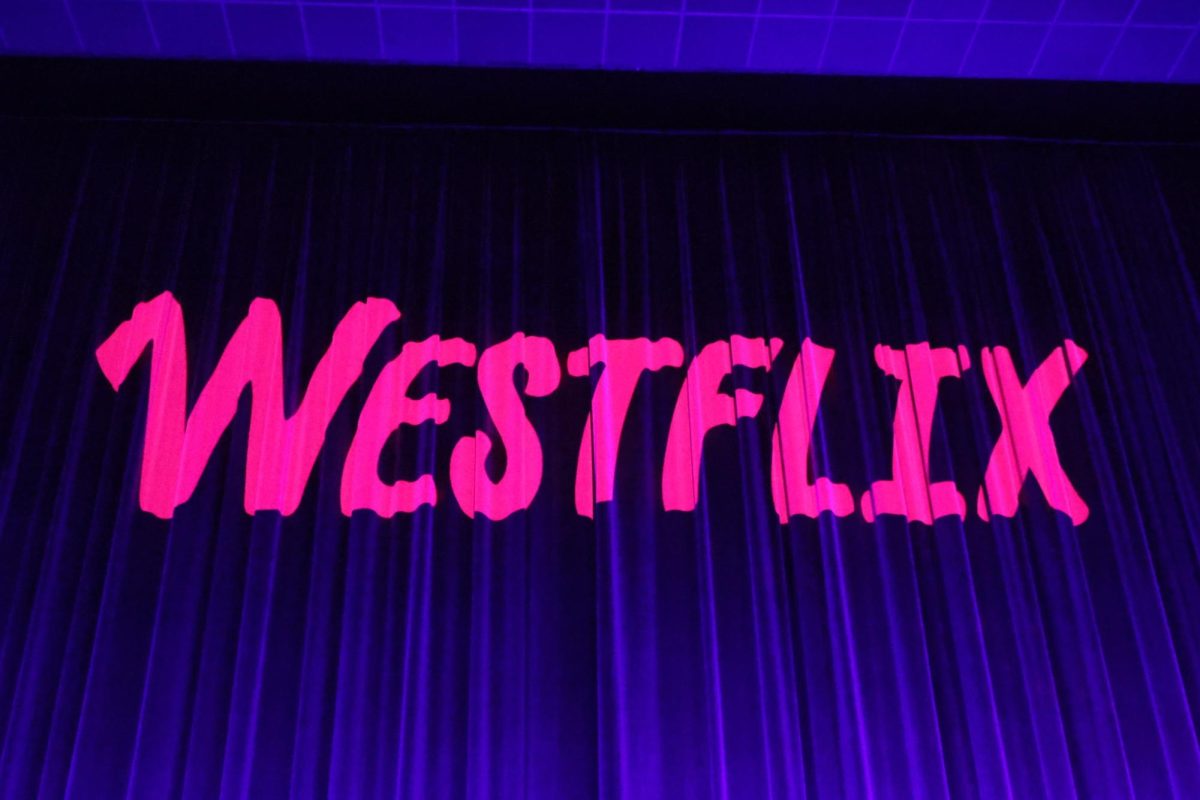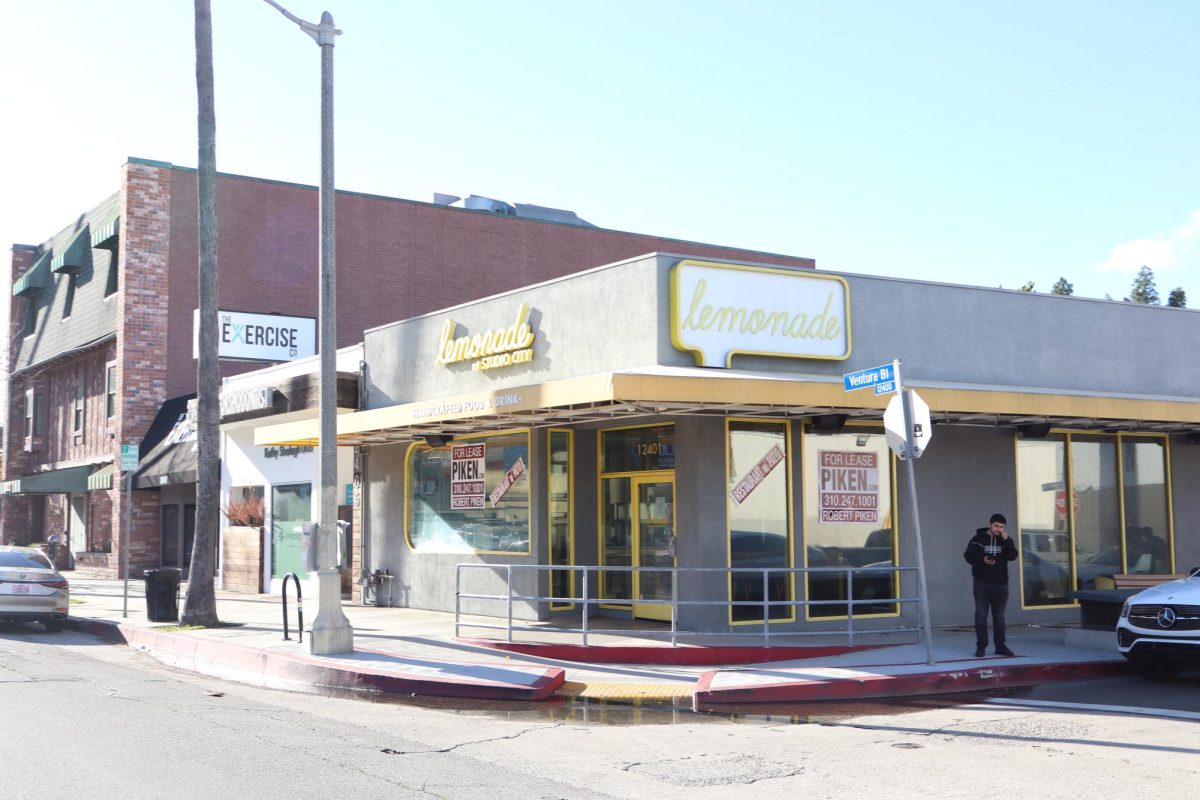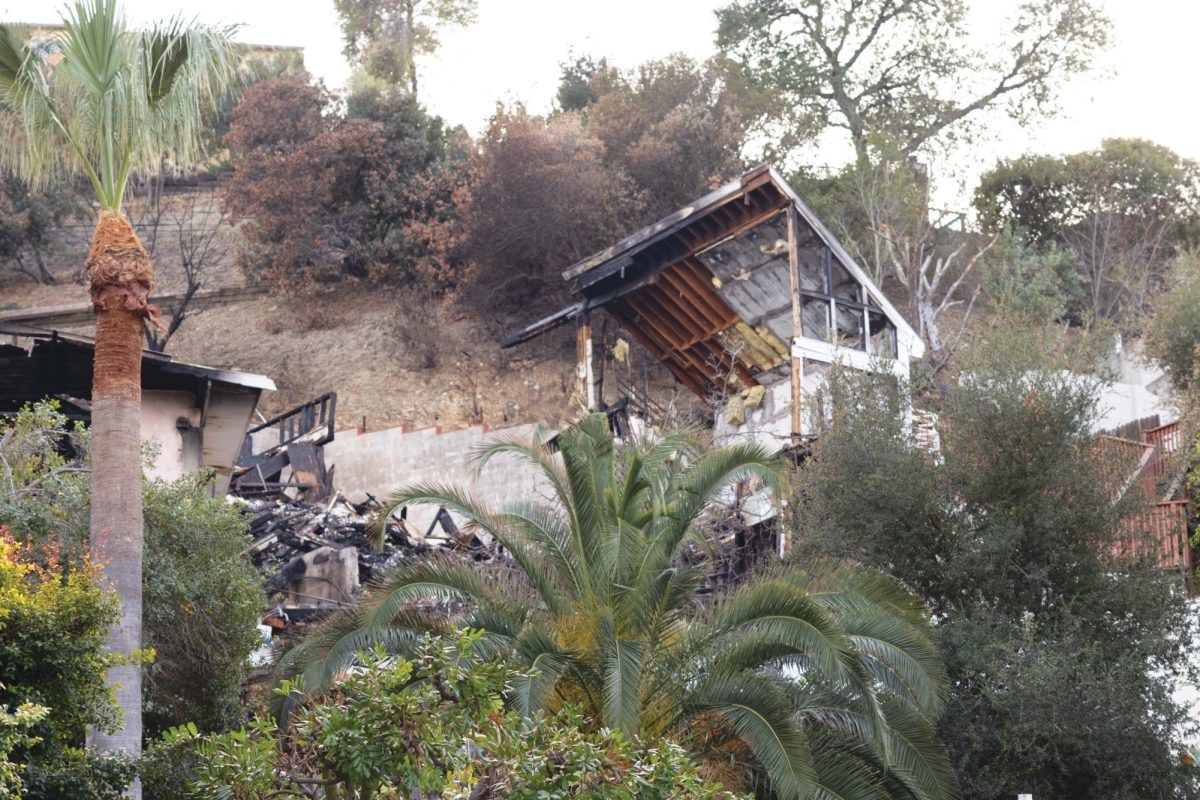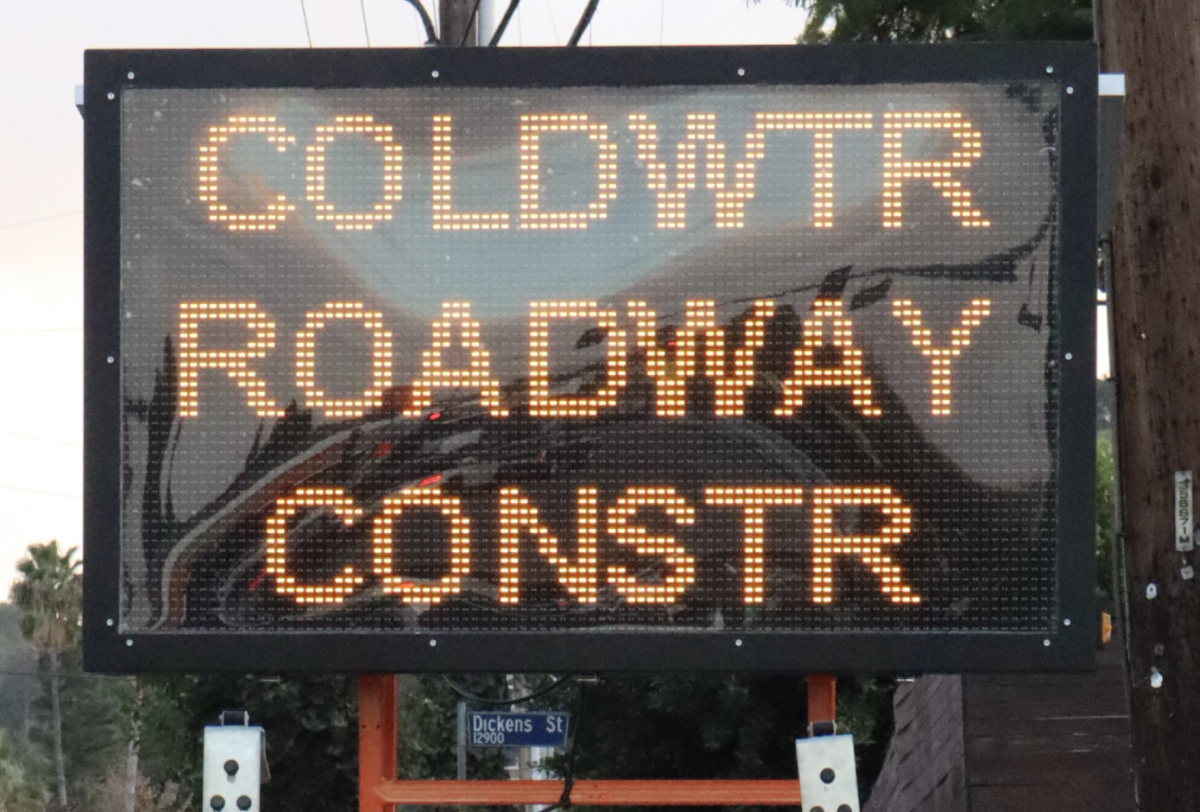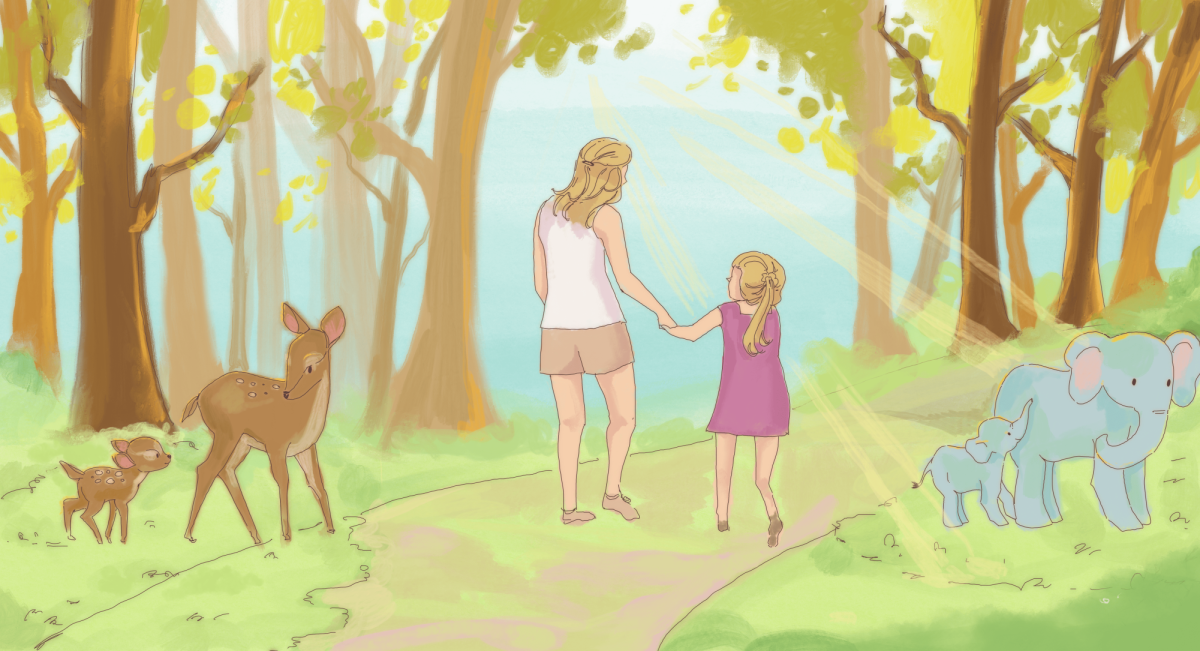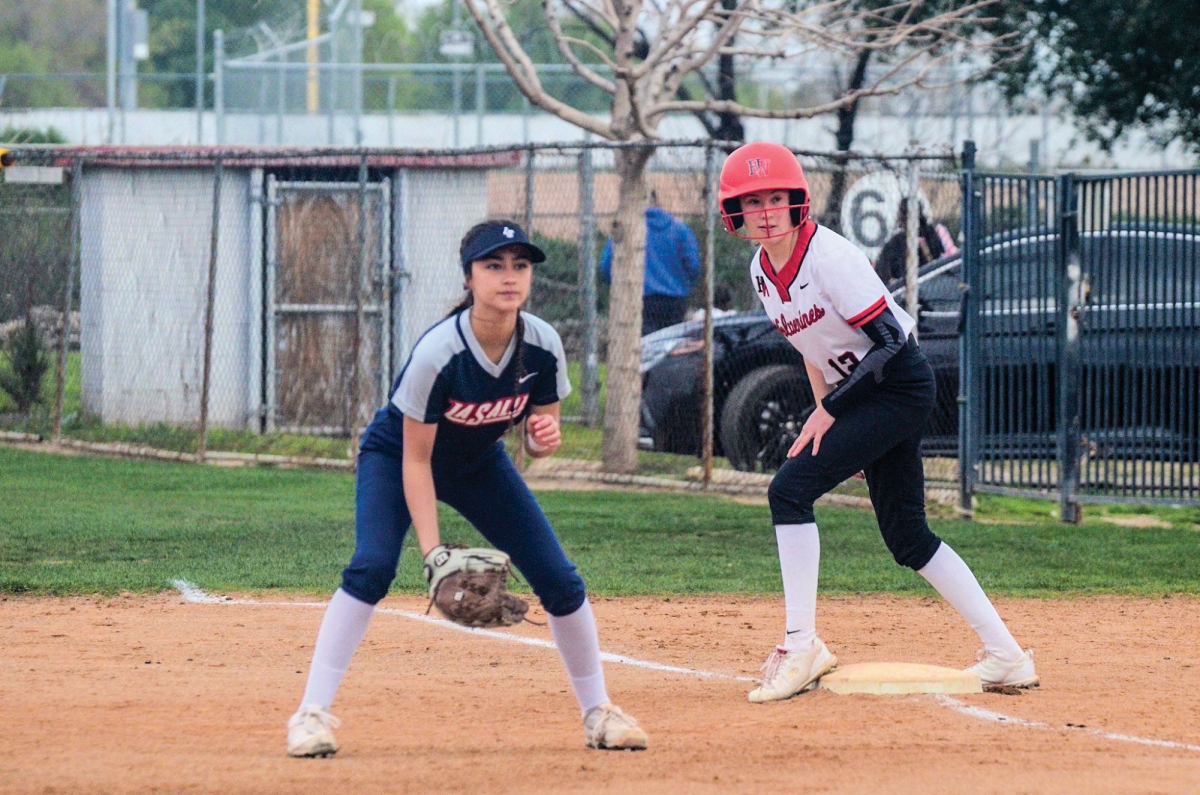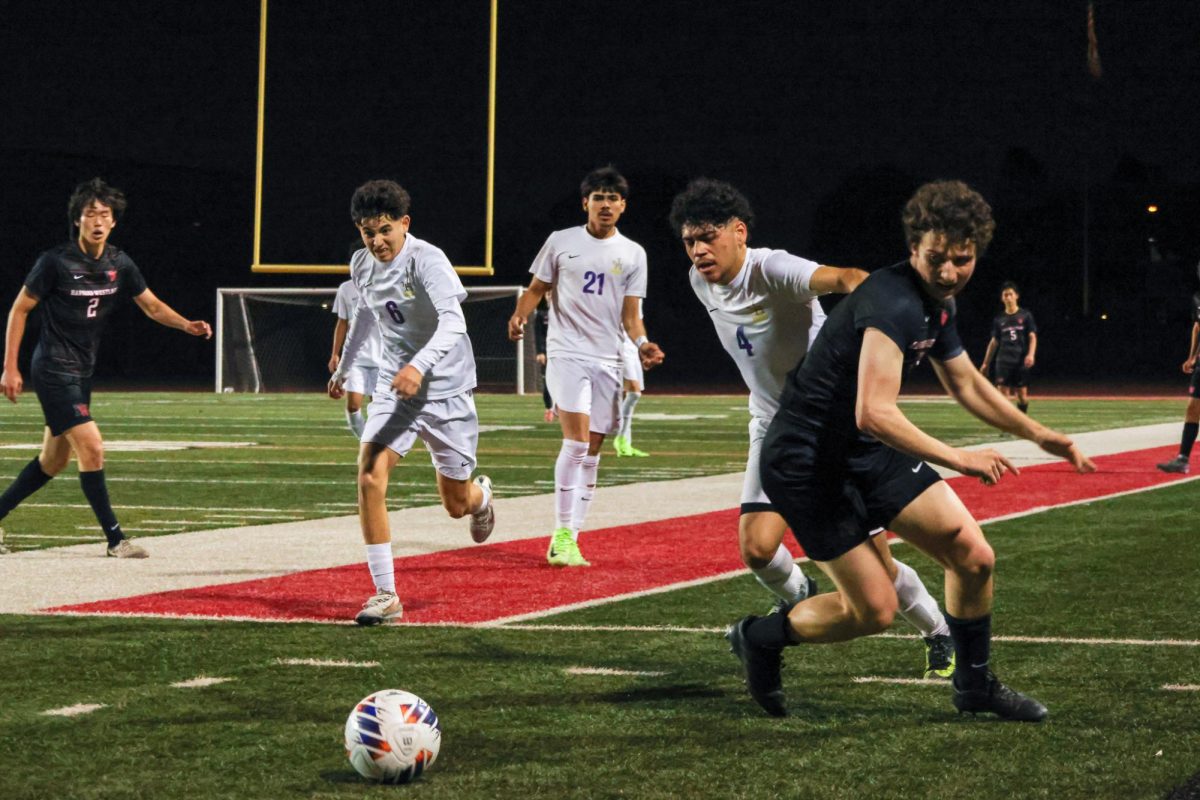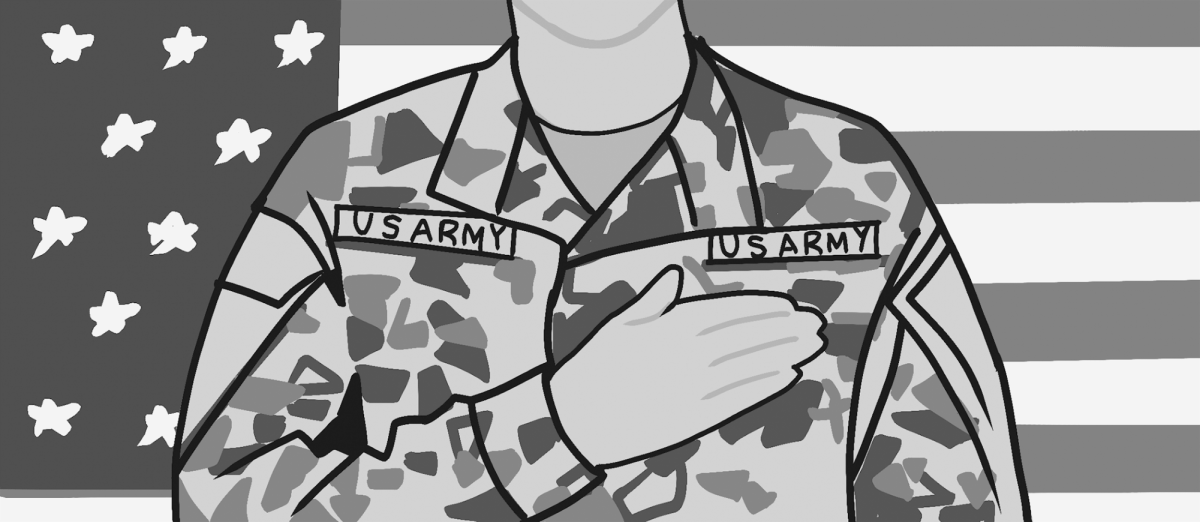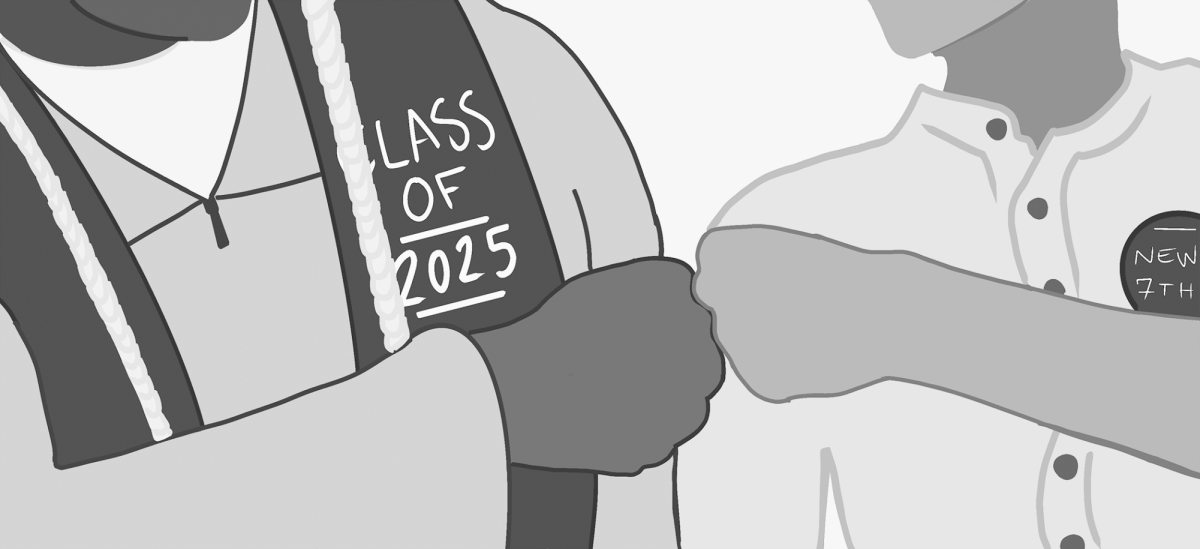Reposting Instagram stories with images of destroyed habitats, volunteering for a beach clean-up on Earth Day, and sporting a reusable water bottle. These are all great ways to lessen your impact on the climate, but they are not nearly drastic enough. Climate change is an issue on the back burner of many people’s minds, especially for the youth, the people whom it will affect most. Yet, if people continue to ponder climate change passively and take sparse actions to preserve our earth, we will make little progress. Taking a lazy stance on climate change and global warming allows the issue to grow in severity. We must all take action to stave its effects, treating climate change as a real emergency. This starts by not supporting the organizations with the most massive negative impacts.
You may be wondering why you should take such drastic measures if climate change is not yet affecting you, but in fact, it is. There have already been many visible effects of climate change, notably the recent LA wildfires. According to the World Weather Attribution, there is ample evidence that human practices, mainly the burning of fossil fuels, increased the likelihood of the LA wildfires according to NPR. The wildfires resulted from an unusually hot summer, a result of climate change, that dried out plant matter and created fuel for the fires. With at least 29 people dying in the 2025 LA wildfires, according to NBC, and over 16,000 Angelenos losing homes, the severity and danger of global warming is already strikingly apparent in our community.
Most city dwellers buy their goods from large corporations and online retailers, namely Amazon, Walmart and Apple. These three corporations comprise the three largest traded companies in 2024, according to Fortune. According to the Guardian, a mere 100 major companies are responsible for over 70% of greenhouse emissions. By supporting small, independent businesses, we can redirect money from these corporations, and indirectly lessen our negative impacts on global warming. According to Time, small and medium businesses hold the power to impact climate change and climate policy. Products from small businesses are also often of higher quality, and benefit local micro-economies. One small business alternative for online shopping is EarthHero; try using it instead of Amazon.
Many people at the school have yards, seeing them as a slice of nature in our urban climate. Yet these yards may not be as nature-friendly as they seem. In California, lawns use a tremendous amount of water. According to Lawn Kings, Californians use 40,000 to 70,000 gallons of water on their lawns per year. By replacing your lawn with a native garden, you can save money on water bills, help prevent a severe drought, and attract native wildlife to your yard. With threefold benefits, it is a smart choice to switch your lawn out for native plants as soon as possible.
Furthermore, students should buy clothes from independent, and preferably climate-conscious companies, as opposed to large enterprises such as Shein, a company that, according to Yale Climate Connections, emitted over 16.7 million tons of carbon dioxide in 2023. Instead, students should thrift clothing or buy second-hand clothes. Clothing from resale shops is usually in good condition, and at these stores prices are often negotiable. Students should also not shy away from holding these large clothing corporations accountable, speaking to their friends and families about the negative effect such corporations have on the environment.
The food and packaging industry is also harmful to the earth. To combat this, students should start by bringing lunches from home in reusable containers, instead of buying lunches at the school cafeteria. In this way, students can limit the excess packaging and plastic pollution that they contribute to. According to YaleEnvironment360, of 12 million pieces of litter globally, most derivefrom food and beverage packaging. By bringing a lunch from home, students can reduce their contribution to this pollution.
You have likely read articles like this before, ones that propose methods to help the environment and explain the consequences of climate change. It is time that these conversations switch from casual to pressing , and that students start focusing on larger, more lifestyle-based actions, as opposed to fleeting acts to help the environment. We can no longer afford to take action for the climate only when we feel like it. The devastating recent LA wildfires may be a precursor to many additional disastrous climate events. In order prevent more dire situations we must act now.





